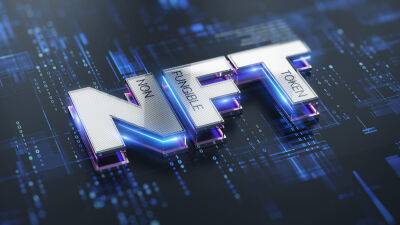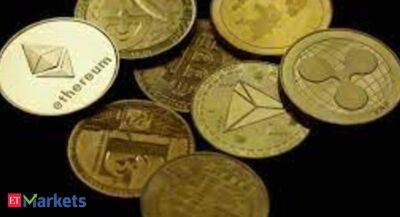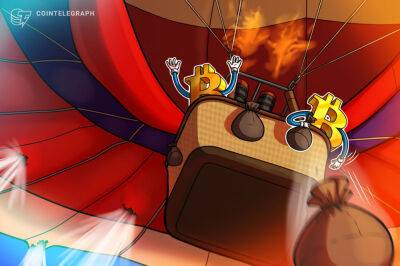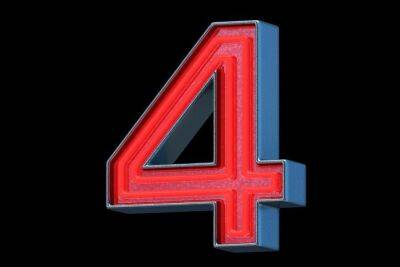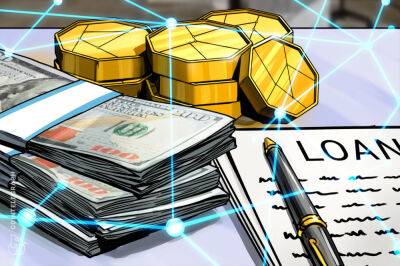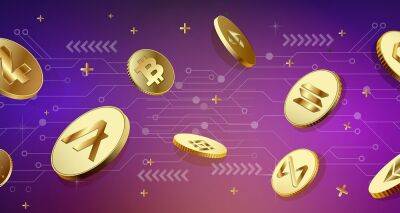How to buy NFTs on Solana?
The burgeoning popularity of nonfungible tokens (NFTs) has led to issues like exorbitant transaction fees and congestion in the prevalent Ethereum-based ecosystem. The fee factor serves as a major deterrent to anyone wanting to execute transactions on the blockchain.
A report published by Reuters revealed that the NFT sales volume was $24.9 billion in 2021, considerably more than the $94.9 million in 2020. The number of wallets trading in NFTs jumped to about 28.6 million, from a modest 545,000 in 2020. Recently, when Bored Ape minted its NFTs, the gas fee surged to $3300, showing a glimpse of how bad the costs were on Ethereum (ETH).
Related: The NFT marketplace: How to buy and sell nonfungible tokens
Solana (SOL) has emerged as a prominent challenger to Ethereum, performing amazingly better on two key metrics, speed and transaction cost, thanks to an innovative proof-of-history (PoH) timing mechanism along with a proof-of-stake (PoS) protocol structure.
In this article, we will discuss the advantage Solana has over other blockchains and marketplaces as well as how to buy NFTs on Solana.
This blockchain clocks block time (0.4 seconds) and block size (20,000 transactions) compared to Ethereum (block time: 13 seconds, block size: 70 transactions) allowing the network an incredibly low gas fee of just $0.00025 per transaction.
The arrival of solutions like Solana enables buyers to purchase NFTs with a negligible transaction fee or few congestion issues. Practically, it means that Solana or SOL NFTs are more easily accessible than those on Ethereum.
In the second half of 2021, the price of Solana NFTs began picking up. A Degenerate Ape NFT sold for around $1.1 million in September 2021, becoming the first million-dollar NFT sale
Read more on cointelegraph.com cointelegraph.com
cointelegraph.com